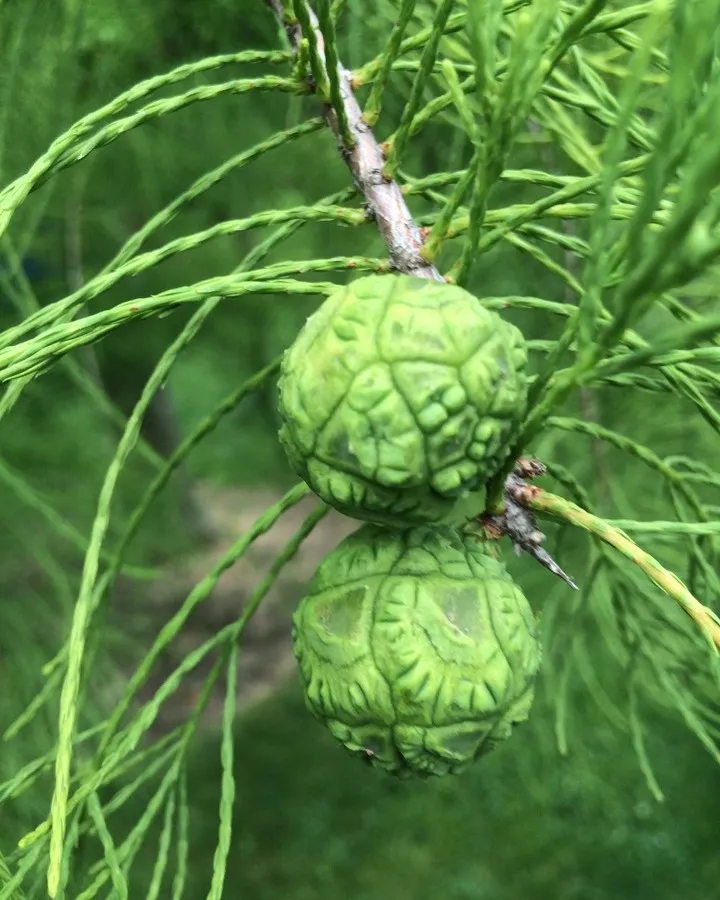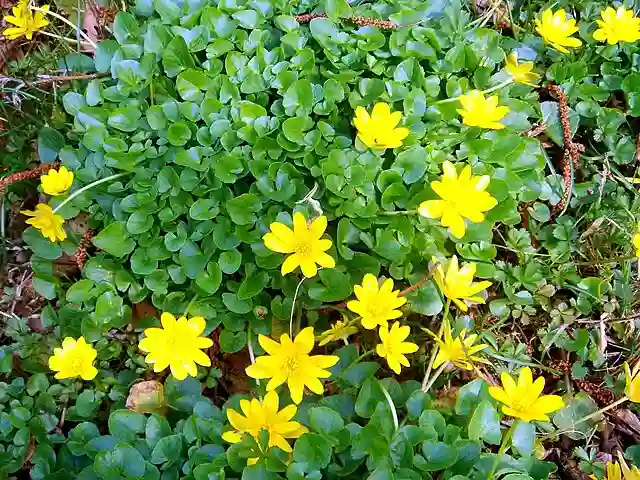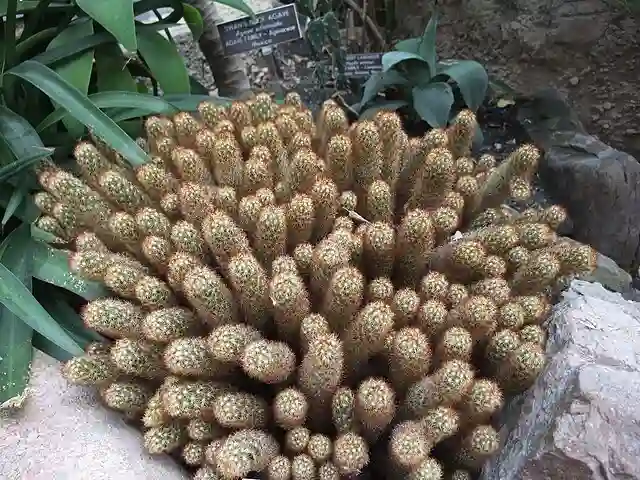Falling for Hardenbergia: A Personal Journey of Discovery
As a plant enthusiast, I’m always on the lookout for new and fascinating species to add to my repertoire of knowledge. Recently, I stumbled upon the genus Hardenbergia, and I must say, I’m completely smitten. These Australian natives, with their vibrant colors and graceful forms, have truly captured my heart.
Unveiling the Beauty of Hardenbergia
Hardenbergia is a small genus boasting just three species, all of which are endemic to Australia. These plants are members of the Fabaceae family, more commonly known as the pea family, and it’s easy to see the resemblance in their delicate, pea-like flowers. What sets Hardenbergia apart, however, is their climbing or trailing habit, which allows them to scramble over other vegetation or cascade down slopes, creating a stunning display of color.
A Trio of Treasures: Exploring the Species
Let’s dive deeper and get acquainted with the three captivating species that make up this genus:
- Hardenbergia violacea: This is the most common and arguably the most beloved species. It’s often referred to as “false sarsaparilla” or “purple coral pea” due to its striking purple flowers, although cultivars with white, pink, or even variegated blooms are also available. Hardenbergia violacea is a versatile climber, thriving in a variety of conditions and making a beautiful addition to gardens and landscapes. – Plant FAQs: Hardenbergia Violacea
- Hardenbergia comptoniana: Known as “native wisteria,” this species is a vigorous climber with elegant, elongated leaves and masses of purple flowers. While less common than its purple cousin, Hardenbergia comptoniana is no less captivating, adding a touch of wild beauty to any setting.
- Hardenbergia perbrevidens: This species is the rarest of the three, with a limited distribution in Western Australia. It’s a more compact plant with shorter leaves and flower spikes, but it still boasts the same vibrant purple hues that make this genus so enchanting.
Why I’m Enchanted by Hardenbergia
Beyond their undeniable beauty, there are several reasons why I find Hardenbergia so appealing. First and foremost, they’re relatively low-maintenance plants. Once established, they require minimal watering and pruning, making them ideal for busy gardeners or those new to the hobby. Moreover, they’re incredibly versatile, thriving in a variety of soils and climates. Whether you have a sunny garden or a shady courtyard, there’s a Hardenbergia that will flourish in your space.
But perhaps what I love most about these plants is their ability to attract pollinators. The vibrant flowers are a magnet for bees, butterflies, and other beneficial insects, contributing to a healthy and thriving ecosystem in your garden. In a world where pollinator populations are facing increasing threats, planting Hardenbergia is a simple yet impactful way to make a difference.
Embracing Hardenbergia in Your Own Garden
If you’re looking to add a touch of Australian charm to your garden, I highly recommend considering Hardenbergia. These plants are not only beautiful but also beneficial to the environment, making them a truly rewarding addition to any landscape. Whether you choose the popular Hardenbergia violacea, the elegant Hardenbergia comptoniana, or the rare Hardenbergia perbrevidens, you’re sure to be captivated by their beauty and resilience.
As I continue my journey of discovery with Hardenbergia, I’m excited to see how these plants thrive in my own garden and contribute to the biodiversity of my local environment. I encourage you to join me in embracing these Australian gems and experience the joy of cultivating these captivating climbers.
If i die, water my plants!



